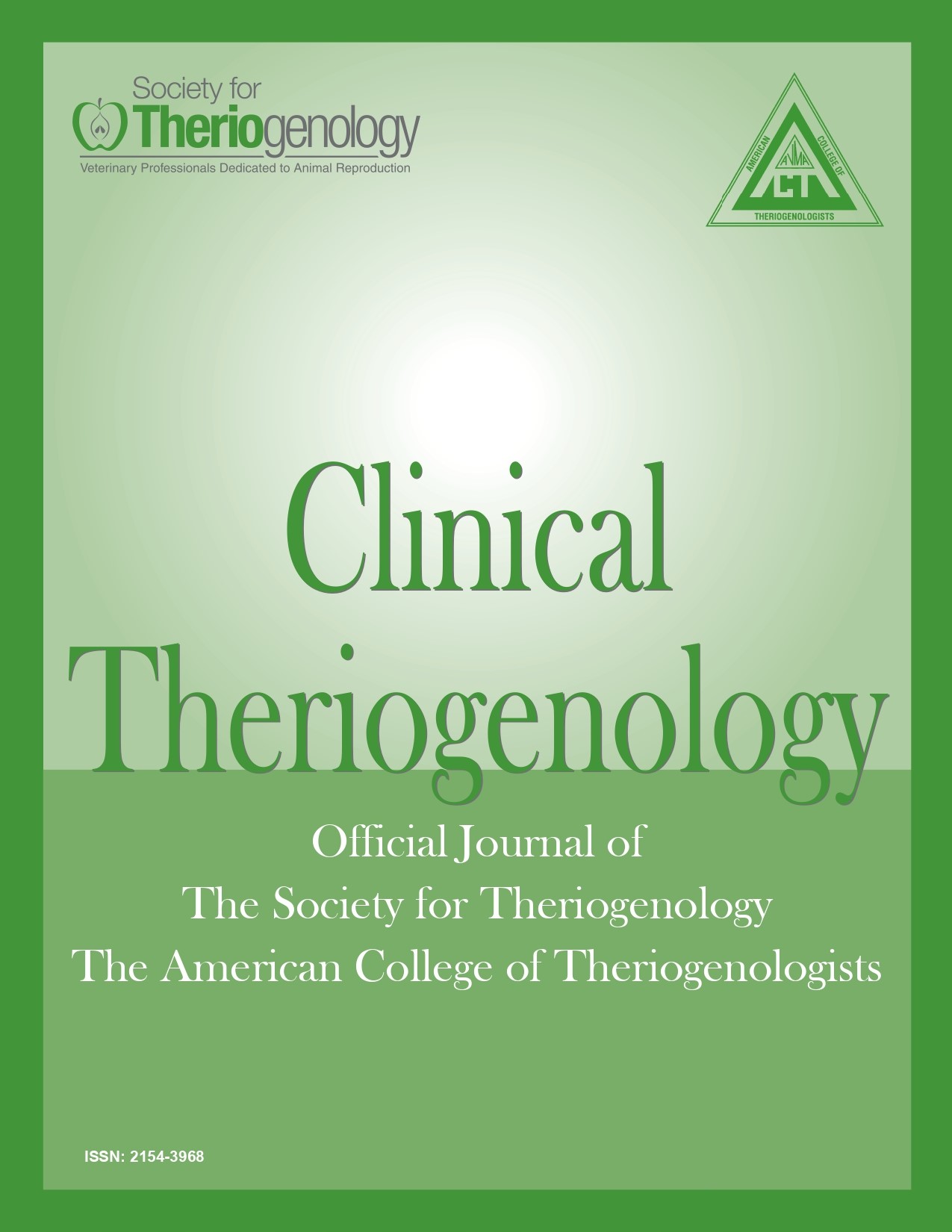Mare reproductive loss syndrome: septic setae or toxin?
Abstract
Abortion is characteristic of mare reproductive loss syndrome and equine amnionitis and fetal loss syndrome. Exposure to Lepidopteran caterpillars has been associated with these syndromes and 2 hypotheses were proposed. Penetrating septic setae hypothesis asserted that caterpillar setae served as a mechanical means of introducing pathogenic bacteria into fetoplacental unit causing abortion. A second hypothesis suggested that an unidentified toxin was responsible for inciting inflammatory tissue changes, resulting in abortion. Paper will summarize historical perspectives, to evaluate whether oral bacteria can induce an epithelial or endothelial response, to discuss inflammatory cascade process (implicated in abortion) and provide information for lack of evidence for setae or bacteria as causative agents (not able to induce inflammation) for these syndromes.
Downloads

This work is licensed under a Creative Commons Attribution-NonCommercial 4.0 International License.
Authors retain copyright of their work, with first publication rights granted to Clinical Theriogenology. Read more about copyright and licensing here.





